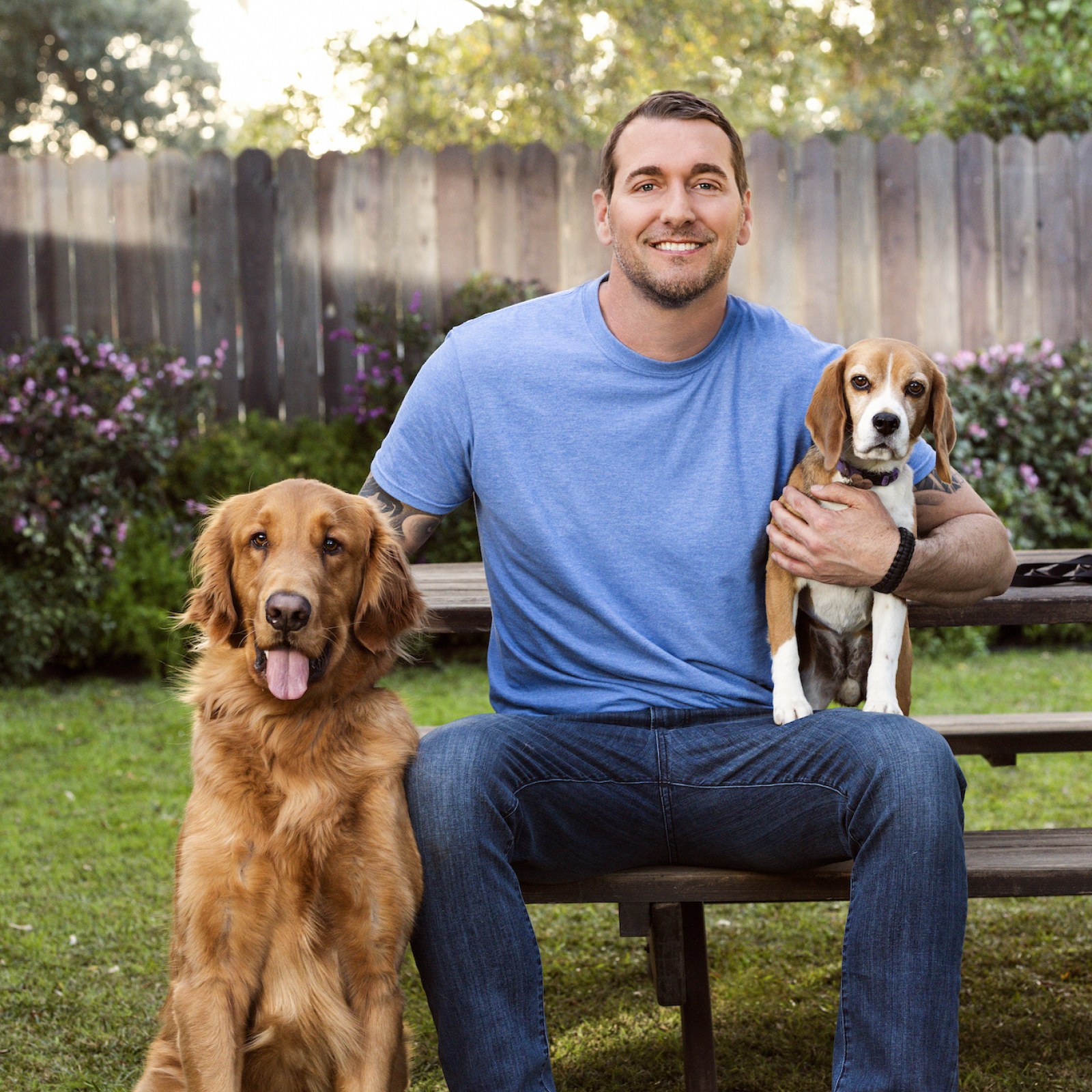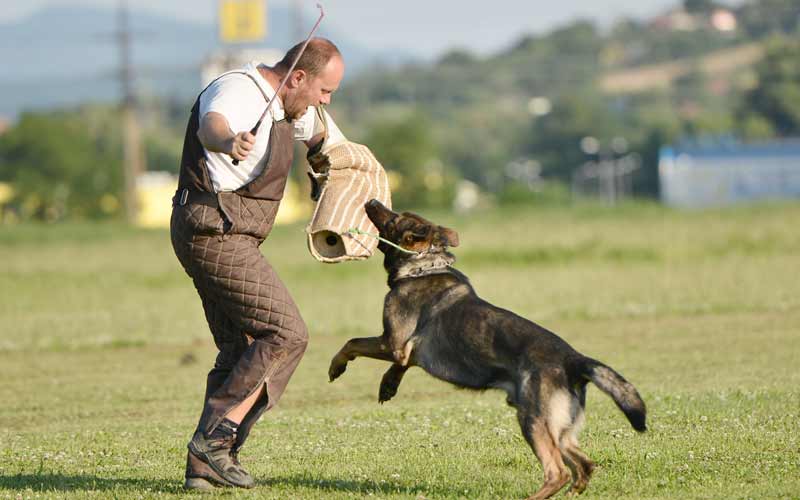Comprehending Canine Body Language During Dog Training
Comprehending Canine Body Language During Dog Training
Blog Article
Important Tips for Successful Dog Training: An Overview for Animal Owners
Efficient canine training is a diverse process that requires a critical approach tailored to both the family pet's personality and the proprietor's purposes. Trick elements such as establishing consistent commands, utilizing positive reinforcement, and helping with very early socialization play crucial roles in cultivating a well-adjusted canine friend. However, numerous pet dog proprietors encounter difficulties that can hinder progression, bring about irritation and uncertainty. Comprehending exactly how to navigate these challenges can significantly boost the training experience, inevitably transforming the relationship in between proprietor and pet dog. What are the important approaches that can be employed to guarantee success in this venture?
Comprehending Canine Behavior
Comprehending pet dog actions is important for efficient training and cultivating an unified connection between dogs and their owners. dog training. Pets connect largely with body language, articulations, and actions, making it critical for owners to translate these signals precisely.

Socializing plays a substantial duty in dog actions; direct exposure to different settings, people, and various other animals can substantially influence a pet's character. Elements such as breed characteristics and private personality ought to assist training approaches, as some types might have particular behavior qualities that demand tailored strategies. By understanding these elements, owners can develop a helpful environment that motivates positive actions, causing successful training end results and a deeper bond with their family pets.
Establishing Constant Commands
Effective interaction with your pet dog begins with developing consistent commands. This fundamental component of training is vital for fostering understanding between you and your family pet. Consistency in the commands you make use of ensures that your pet dog can reliably associate certain words or expressions with the desired behaviors.
When picking commands, pick clear, distinct words that are simple to state and differentiate from one another. Avoid utilizing similar-sounding commands that might puzzle your pet. For instance, making use of "rest" and "stay" is appropriate, yet "rest" and "struck" can cause misconceptions.
Furthermore, keep the very same tone and volume for each and every command. Pets are delicate to singing cues, so varying your tone can create confusion.
It is equally important to make sure that all family participants get on the exact same web page regarding the commands utilized. A united front in command usage will avoid combined signals and strengthen the understanding process.
Favorable Support Strategies
The power of favorable reinforcement in pet training depends on its ability to urge wanted habits via rewards and appreciation. This strategy is based in the principle that behaviors followed by favorable results are more probable to be repeated. By incorporating favorable support into your training program, you can effectively form your pet dog's actions in a constructive manner.
To apply positive support, it's crucial to recognize what inspires your pet dog, whether it be deals with, toys, or verbal appreciation. When your dog does a preferred activity, such as resting on command, immediately reward them with a reward or love. This organization between the command and the favorable result reinforces their understanding.
It's vital to timing the benefits blog here properly; providing the reinforcement within secs of the preferred behavior assists your pet dog make the connection (dog training). Additionally, consistency is key-- ensure that all relative make use of the exact same commands and incentive systems to prevent complication

Gradually, you can decrease the regularity of treats as your pet dog finds out the habits, transitioning to praise or recurring incentives. This method not only promotes a solid bond between you and your dog however additionally promotes a positive learning environment, making training a pleasurable experience for both.
Socialization and Interaction
Continually exposing your canine to a variety of environments, individuals, and other pets is vital for their social growth. Socializing must start early, preferably throughout the vital home window of 3 to 14 weeks, when puppies are most receptive to new experiences. Older dogs can likewise benefit from continuous socialization initiatives.
Introduce your dog to various setups, such as parks, pet-friendly stores, and city locations. This direct exposure helps them adapt to various stimuli, lowering stress and anxiety and fear responses. Encourage favorable interactions with other pets and people, making certain that these encounters are safe and controlled to promote confidence.
Make use of organized websites playdates with genteel pets, as this can enhance your dog's social abilities and show them appropriate actions. Obedience courses and training sessions also provide superb chances for socialization, allowing your pet dog to interact with others in a supervised atmosphere.
Screen your pet dog's body movement during communications, as this will aid you evaluate their comfort degree. Gradually raise exposure to more challenging scenarios while ensuring that each experience is favorable. A well-socialized dog is most likely to exhibit balanced habits, making them a joy to have in any type of setting.
Resolving Usual Training Challenges
Every pet dog owner will certainly come across training challenges eventually, despite their canine's age or socialization level. Determining common issues such as stubbornness, disturbances, and fearfulness can help in establishing efficient methods for enhancement.

Slowly present disturbances as the canine becomes extra skillful in commands. Short, straight from the source constant training sessions are additionally efficient in preserving focus.
Fearfulness can prevent a dog's understanding procedure. Steady desensitization to the source of worry, coupled with positive support, can aid relieve anxiousness. Persistence is crucial; never ever compel a dog into a situation that creates distress, as this might aggravate the concern.
Inevitably, understanding and dealing with these usual challenges with a structured approach will promote a more efficient training experience, reinforcing the bond between pet and owner while advertising effective discovering.
Final Thought
In recap, successful pet training counts on a thorough understanding of canine behavior, the facility of consistent commands, and the application of favorable support methods. Socializing plays an essential role in developing well-adjusted pet dogs, while attending to common training obstacles needs patience and adaptability. By carrying out these necessary strategies, pet proprietors can cultivate a strong bond with their pet dogs and advertise desirable behaviors, ultimately causing an unified connection between people and their canine buddies.
Understanding canine habits is essential for reliable training and cultivating a harmonious connection between pooches and their owners.Socialization plays a substantial duty in pet behavior; exposure to numerous atmospheres, people, and various other animals can dramatically influence a pet's temperament.The power of favorable reinforcement in dog training lies in its capacity to urge wanted actions via incentives and appreciation. By incorporating positive reinforcement into your training program, you can successfully shape your pet dog's actions in a positive manner.
In summary, successful canine training counts on a comprehensive understanding of canine habits, the facility of constant commands, and the application of positive support methods.
Report this page